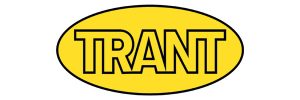River Itchen Eel Screens Project (2021)
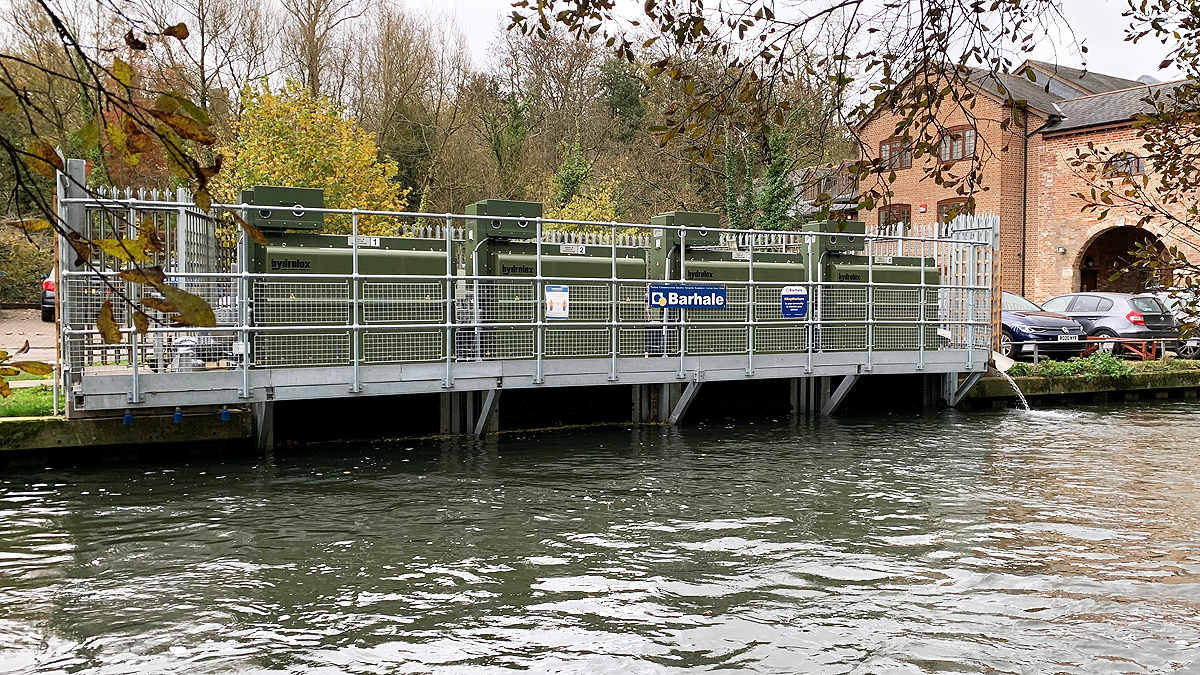
River Itchen low lift pumping station: new inlet eels screens - Courtesy of Portsmouth Water
Portsmouth Water’s River Itchen Water Treatment Works (WTW) is located to the east of Southampton Airport near to the picturesque Itchen Valley Country Park and abstracts water directly from the River Itchen for treatment. The River Itchen is 28 miles long and runs from mid-Hampshire near Cheriton through Winchester to Southampton at Mansbridge and is one of the world’s important chalk streams and is designated as a Site of Special Scientific Interest (SSSI). The existing abstraction point had ageing primary rake screens and 6mm mesh drum screens. This arrangement did not meet the requirements of the Eels (England and Wales) Regulations 2009 and vital upgrades were necessary.
Background and key drivers
The project required the replacement of the old rake screens with a set of new river abstraction screens that enables Portsmouth Water to continue to abstract and screen 45 MLD from the River Itchen, whilst preventing juvenile brook lamprey (Lampetra planeri) from being draw into the inlet works. The brook lamprey is an eel-like ancient fish ranging from 10-15cm in length which lives primarily in rivers, streams and canals and generally feeds close to the riverbed.
After an initial survey in 2016, Brook Lamprey was detected within the inlet works. The Environment Agency amended the abstraction consent and issued an EA Eel & Lamprey Compliance Notice to Portsmouth Water Ltd.
The screens had to stop both critically endangered fish species as well as a fish species whose population were not prospering on the River Itchen from being drawn into the works. The proposal of 4 (No.) eel screens were designed to be retrofitted to the intake structure. Mott MacDonald were employed by Portsmouth Water to undertake the feasibility design. As the works are within a Site of Special Scientific Interest (SSSI) and Special Area of Conservation (SAC), limitations were imposed to maintain the highest standards of health and safety and environmental protection. These included minimising the size our temporary works in the river, reducing the noise in the river created by tools and equipment and temporarily closing off sections of the car park to prevent through traffic.
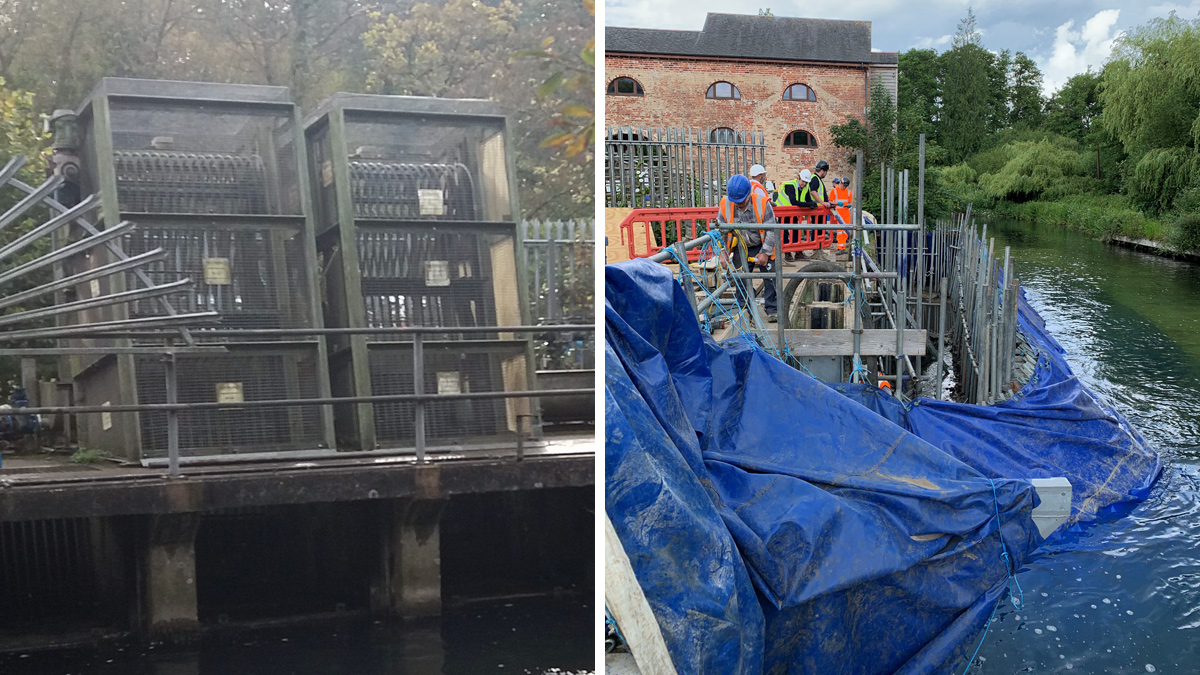
(left) Original River Itchen rake screens and (right) Barhale port-a-dam construction in the River Itchen – Courtesy of Portsmouth Water
Temporary works
Temporary works occurred across 2 phases, in which a port-a-dam type structure was utilised to provide a dry working area within the river channel. This two-stage approach enabled Portsmouth Water to maintain 50% of the abstraction during the construction phase. Access to site was restricted, adding logistical issues to deliveries of plant and equipment.
River Itchen Eel Screens Project: Supply chain – key participants
- Main contractor: Barhale
- Contractor designer: Mott MacDonald
- System integration: MCS Control Systems
- Telemetry integration: Trant Engineering
- Eel screen supplier: Hydrolox
- Washwater booster set: KGN Pillinger
- Mechanical & electrical contractor: Loxton Electrical
Design
The principal design was carried out by Barhale, through collaboration and engagement with Portsmouth Water and Mott Macdonald. The design included the following:
- Outline design of the modification of inlet to fit eel screens, wash system and booster pumps, discharge chute to the river, instruments, and access walkways.
- Outline design report.
- Proposed general arrangement drawings: Plan/sections.
- Temporary works design.
- Early design Involvement and contract negotiation with Intralox, the Hydrolox screen supplier, to enable the order of the screens to be awarded early.
- Construction methodology: Completed at feasibility stage.
- Construction environmental management plan.
- Waste management plan.
- Project risks assessment and develop a full H&S file: Designers Risk Register and Designers Hazard and Elimination Register. Health and safety file to be developed at detailed design stage.
- Target cost for the project.
- Consents and permits.
- Flood risk assessment and flood risk activity permit.
- Environmental impact assessment.
- Ecological appraisal: Completed at feasibility stage.
- Habitats regulation assessment report: Completed at feasibility stage.
- Construction environmental management plan.
Barhale’s proposed design aided the development of the programme to provide a clear indication of construction activities requiring a consultation with or consent from the EA. The whole project utilised a Design for Manufacture (DfMA) approach throughout, allowing on-site works to be kept to a minimum, with the build and assembling carried out off-site, providing certainty that it will fit first time. The screens were installed into a cassette frame and simply slotted in place due to the attention to detail in making the on-site construction match the requirements of the off-site build. Barhale employed Loxton Electrical, a mechanical and electrical subcontractor who provided the installation services, including the off-site construction of the modular screen support structure and the motor control centre.
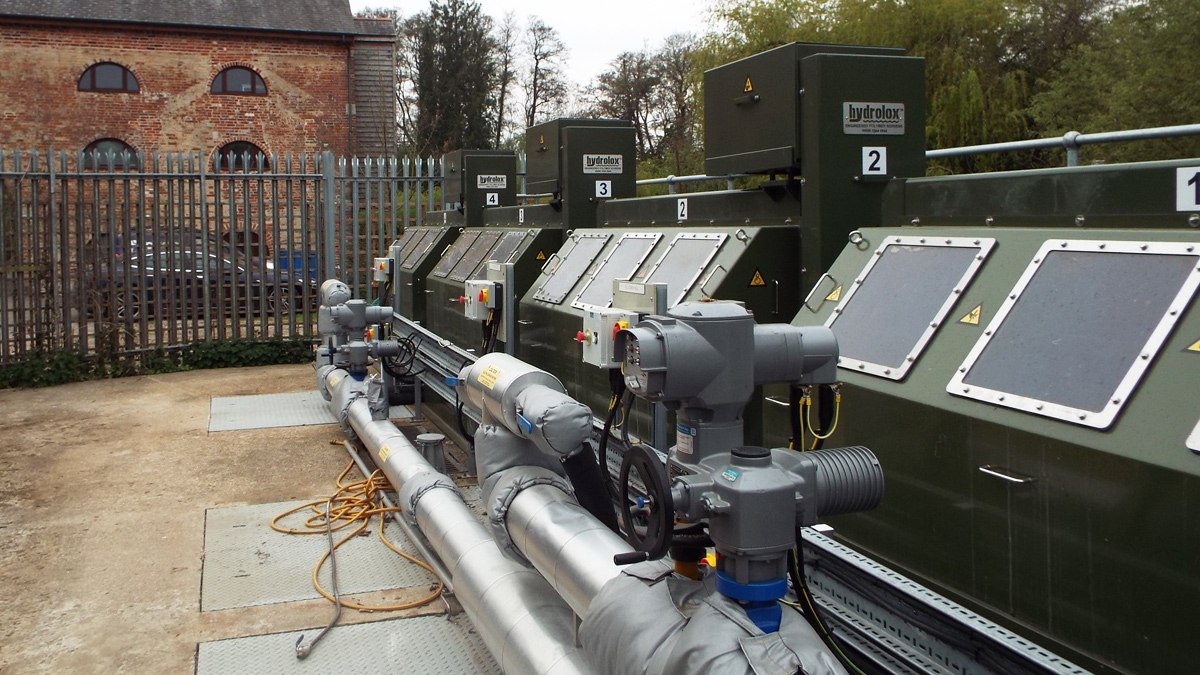
Construction of the new River Itchen eel screens – Courtesy of Portsmouth Water
Eel screens
The Hydrolox screens used on the project consisted of a travelling band screen with 1.75mm openings to allow river water to pass through but not debris. Openings of this size are sufficiently small to prevent the eels and elvers (juvenile eels) from passing through into the intake channel but without limiting the volume of water abstracted from the river.
The approach velocity was one of the key considerations of the design. Too high a velocity and the eels and lamprey, whilst not able to pass through the screen, could be pinned against it. This initial design issue was overcome by lengthening of the screen structure, increasing the surface area of screen, reducing the velocity and allowing the eels to escape the flow.
Any fine mesh immersed in a river is prone to blockages from to the large amount of debris that can be present during the reed cutting seasons. This was mitigated with an auto-wash feature when triggered by a change in head loss across the screen. The screens are washed by rotating them up from the river and through a line of water jets that wash the debris off into a chute which is returned to the river downstream of the intake.
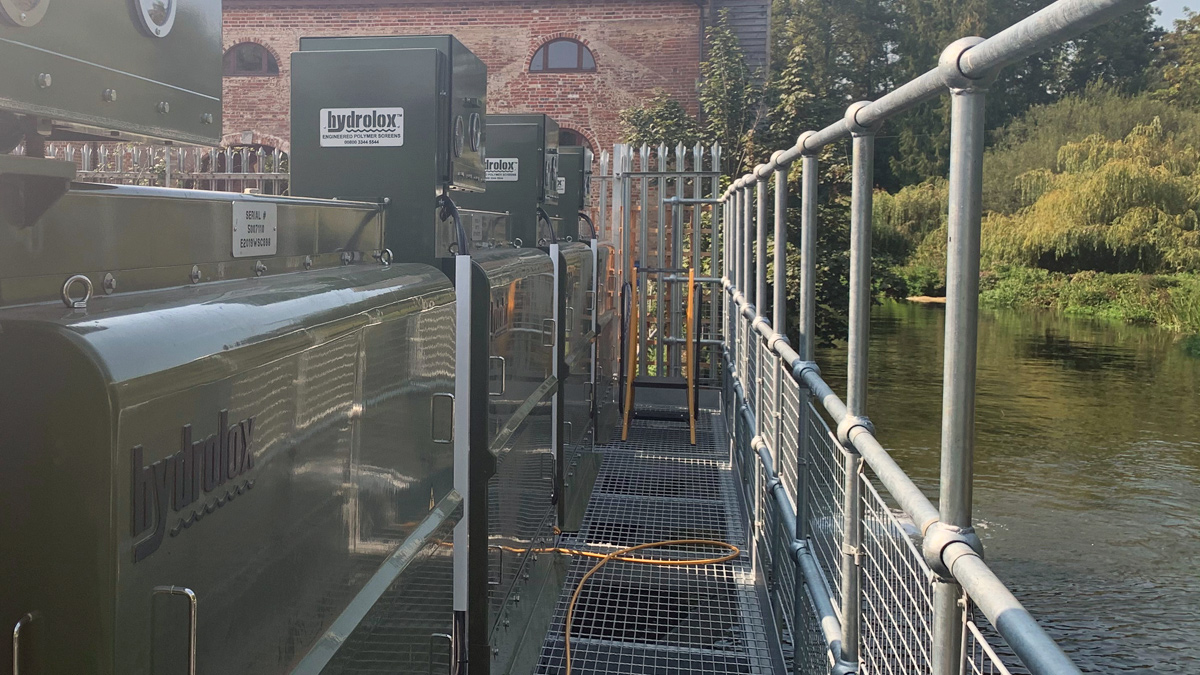
Eel screen river side access – Courtesy of Portsmouth Water
Build
Key considerations at this stage at the construction stage were:
- Regulatory compliance.
- Scope and construction methods to timescale and budget constraints.
- To minimise environmental impact.
Portsmouth Water’s close engagement with the Environment Agency (EA) and Natural England (who oversaw the construction methods) ensured that any impact on the local environment, including the riverbeds and the surrounding habitats was reduced or mitigated against sufficiently to a standard that allowed the project to meet their requirements. The construction included the following:
- Erection of a temporary dam to carry out modifications to the intake structure – two phases.
- Structural alterations to the intake structure – two phases.
- Removal of the existing screens in a phased approach.
- Construction of the frame to house new screens.
- Installation of the screens and launder chute.
- Installation of the new cantilevered walkways and security fencing.
- Modifications to the LLPS basement to receive the washwater booster set.
- Installation of the booster set, boll filter & pipe work.
- Mimic the LCPs at the boll filter and booster sets back to the main MCC & SCADA.
- Take the limits from the intake signals back to the main MCC and SCADA.
- Update HMI and telemetry alarms and designs.
- Commissioning.
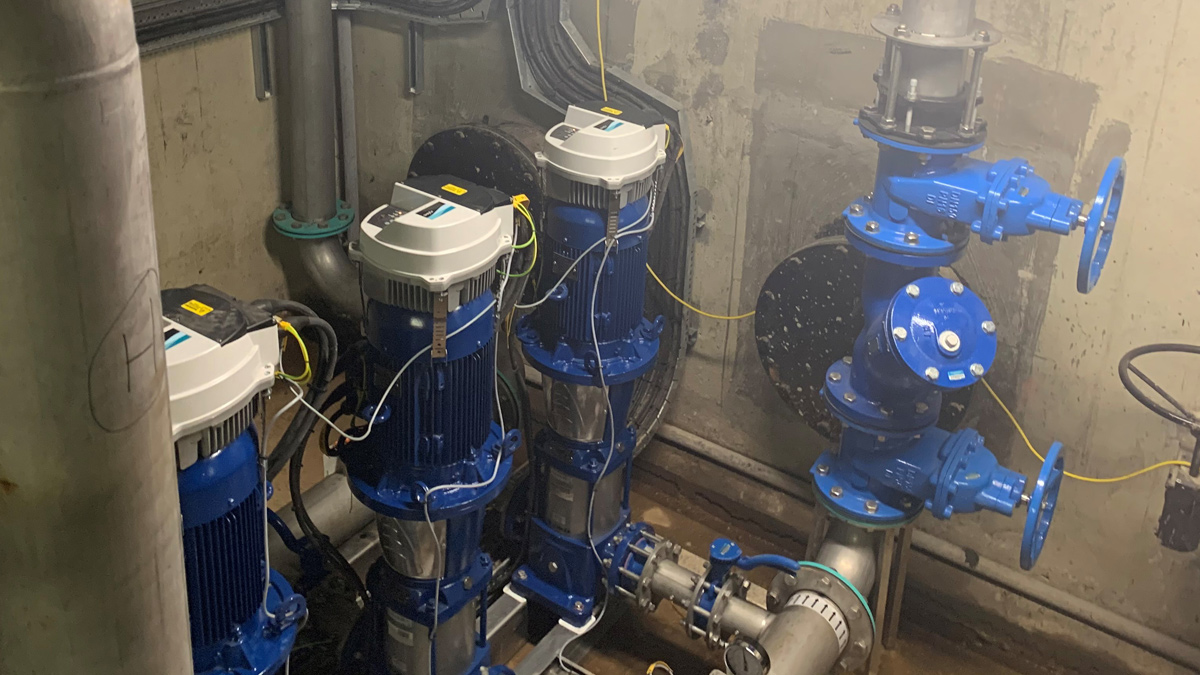
Booster set – Courtesy of Portsmouth Water
Whilst the screen modules were being installed, the power and control cabling to the washwater booster pump motor control centre (MCC) was also underway. This kept programme durations to a minimum and ensured they worked efficiently. The MCC consisted of multiple sections housing all of the control circuitry, motor starters, power consumption monitors, fuses, main isolation switch and circuit breakers and programmable logic controller (PLC). The PLC acts as the central processing hub where information from sensing equipment along with conditions and parameters of the plant is gathered. From this information, decisions are made to either run or stop the eel screens equipment.
The installation process had to be carefully controlled to prevent excessive blinding which would in turn affect the abstraction of the low lift intake pumps.
The access walkways around the screens are constructed from galvanised steel sections and required extend over the leading edge of the river intake. A permanent edge protection system was incorporated for safety, allowing for future screen maintenance.
While the works were being undertaken, abstraction from the river into the works was maintained to ensure, customer’s water supplies were unaffected. This was done by installing the steelwork in three progressive stages. The screens were installed once all the mechanical and electrical services were present, allowing the new screen to be in operational within 24 hours of installation. These considerations were built into commissioning phase two; only one screen was installed at a time and a proving period was agreed to ensure its reliability before moving onto the second screen install.
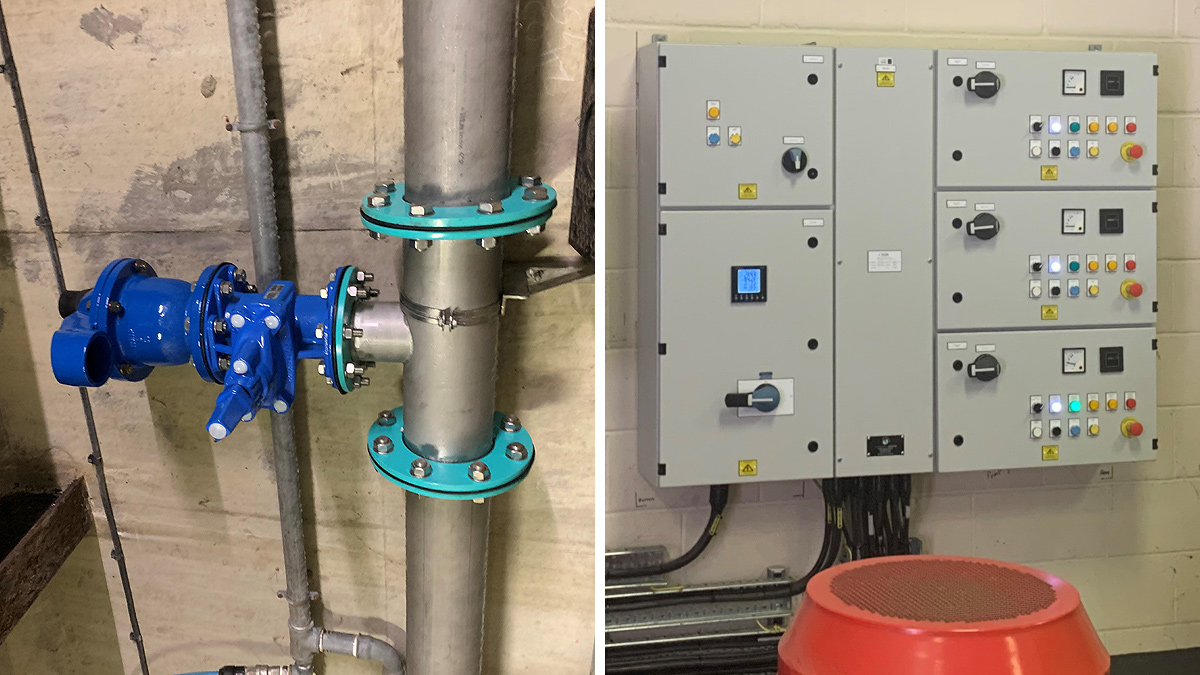
(left) Booster set inlet air relief valve and (right) booster set panel – Courtesy of Portsmouth Water
Washwater plant and boll filter
As previously mentioned, the debris from the River Itchen is jetted from the screens by a spray bar which forces water through the screen and deposits the detritus into a launder chute and returned into the river downstream of the intake screens. River water from the pumping main is passed through a boll filter (an in-line self-cleaning strainer to prevent blockages) and feeds the variable speed washwater booster set, maintaining the correct jetting pressure to the spray bar. The control philosophy ensured the screens would operate automatically under several different conditions, including level differential (pre and post-screen), time and low temperature as well as an option to operate the screen in hand mode. An engineered air release system was installed to mitigate against the loss of prime from air build-up, an issue discovered as a future concern of the system.
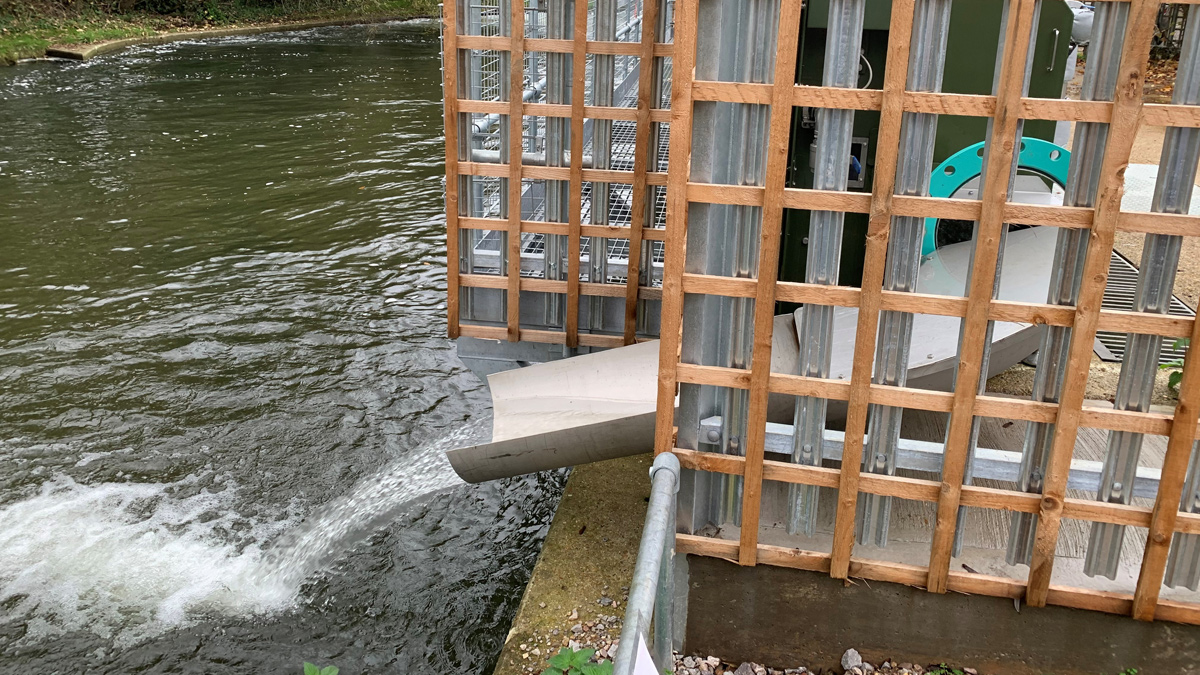
Eel screen discharge – Courtesy of Portsmouth Water
Conclusion
This has been a challenging project – in part due to the requirement to maintaining full river extraction and production throughout the build phase of the scheme. The River Itchen WTW operates as a key source supplying customers in Fareham and Gosport along with a bulk transfer in Southern Water’s network supplying their customers in Southampton.
The project was successfully delivered, through open communication and collaboration between Barhale, Portsmouth Water and the Environment Agency. Issues identified were quickly resolved because all parties acted proactively to identify and implement solutions, minimising the impact to the programme and cost.
The screens were installed by 30 October 2020 and since the time of writing (March 2021) the team is proud that the work achieved collaboratively has been a success, the continued operation of the screens, through the heavy rainfall and winter weather has been a testimony to this.



